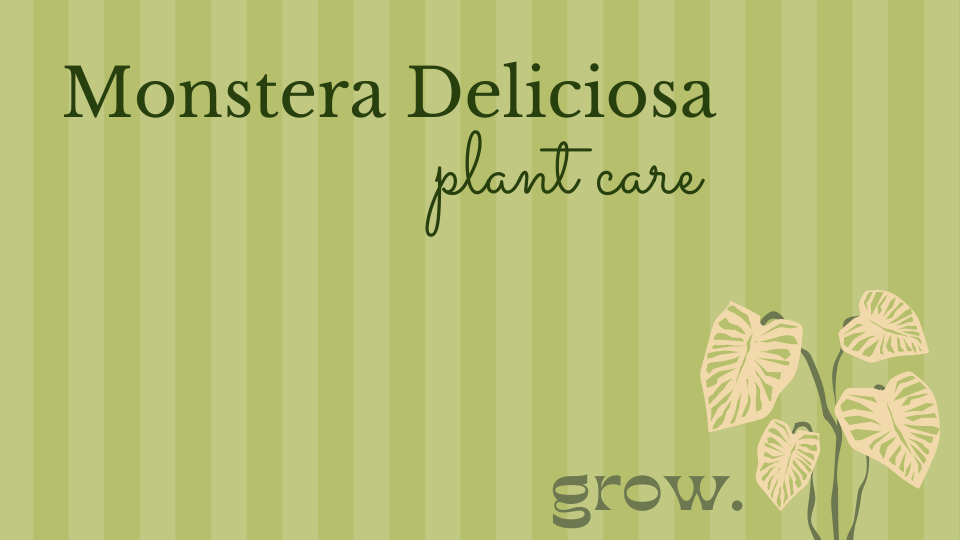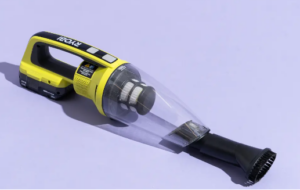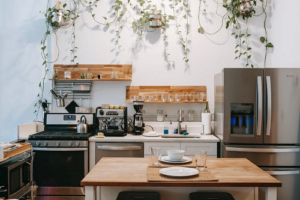Mastering Monstera Deliciosa: Ultimate Care Guide for Lush Growth

Monstera Deliciosa, often referred to as the “Swiss Cheese Plant” due to its unique holey leaves, has taken the world of indoor gardening by storm. Its striking appearance combined with its adaptability to indoor conditions makes it a favorite among plant enthusiasts. But how do you care for this tropical beauty? And why has it gained such popularity, often accompanied by a hefty price tag? Let’s dive in.
Also Read:- Snake Plant: The Perfect Houseplant for Beginners
Why is Monstera Deliciosa So Expensive?
The demand for Monstera Deliciosa has surged in recent years, thanks to its Instagram-worthy aesthetics and the urban jungle trend. Its unique fenestrated leaves make it a standout piece in any room. Additionally, mature plants that have been well-cared for can fetch higher prices. The time and care required to nurture these plants to maturity, combined with their popularity, drive up their market value.
Is Monstera Deliciosa a Lucky Plant?
While not traditionally recognized as a “lucky” plant like the Feng Shui-favored money plant, many indoor gardeners believe that having a thriving Monstera brings positive energy to a space. Its vibrant green leaves can symbolize growth, renewal, and prosperity.
Is Monstera Deliciosa Good for Indoors?
Absolutely! Monstera Deliciosa is native to the tropical rainforests of Central America, but it adapts well to indoor conditions. Its resilience and ability to thrive in indirect light make it an excellent choice for interior spaces.
Monstera Deliciosa Care Guide
- Light: Prefers bright, indirect light. Avoid direct sunlight as it can burn the leaves.
- Water: Water when the top inch of soil feels dry. Ensure the pot has good drainage to prevent root rot.
- Soil: Use a peat-based potting mix with added perlite for aeration.
- Humidity: Being a tropical plant, it thrives in higher humidity. Consider misting or using a humidifier in drier climates.
- Feeding: Fertilize with a balanced liquid fertilizer every 2-4 weeks during the growing season.
Pruning Your Monstera
Pruning is essential to maintain the size and shape of your Monstera. Regularly remove dead or yellowing leaves. For a bushier plant, pinch off the new growth tips.
Monstera Deliciosa Fruit: A Delight or Danger?
The Monstera produces a fruit that looks like a green cob of corn. When fully ripe, it tastes like a combination of banana, pineapple, and mango. However, be cautious! The fruit contains calcium oxalate crystals, which can be irritating if consumed when unripe. Always wait for the fruit’s outer scales to fall off naturally before consuming.
Where to Buy Monstera Deliciosa
Many local nurseries and online plant shops offer Monstera Deliciosa for sale. Prices vary based on the plant’s size and maturity. Always choose a reputable seller to ensure you’re getting a healthy specimen.
Scientific and Common Names
- Scientific Name: Monstera Deliciosa
- Common Names: Swiss Cheese Plant, Split-leaf Philodendron, Mexican Breadfruit
Conclusion
Monstera Deliciosa is more than just a pretty face. Its adaptability and relatively easy care make it a joy to grow. Whether you’re a seasoned plant parent or a newbie, this tropical gem is sure to bring a touch of the jungle into your home. And with the right care, it will thrive and grow, becoming a statement piece in your living space.
FAQs
1. Why is my Monstera Deliciosa not developing split leaves?
- Young Monstera plants typically have solid leaves. As the plant matures and receives adequate light, it will start developing the characteristic split or fenestrated leaves. Ensure it’s getting bright, indirect light to encourage this growth.
2. How often should I water my Monstera Deliciosa?
- Water your Monstera when the top inch of soil feels dry to the touch. It’s essential to avoid overwatering, which can lead to root rot.
3. Can Monstera Deliciosa grow in low light?
- While Monstera can tolerate low light conditions, it thrives in bright, indirect light. Low light can slow its growth and reduce the number of splits in the leaves.
4. Is Monstera Deliciosa toxic to pets?
- Yes, Monstera Deliciosa contains calcium oxalate crystals, which can be toxic if ingested. It can cause oral irritation, excessive drooling, and vomiting in pets. It’s best to keep the plant out of reach of pets.
5. How do I propagate Monstera Deliciosa?
- Monstera can be propagated using stem cuttings. Cut a stem just below an aerial root and place it in water. Once roots develop, you can plant it in soil.
6. Why are the leaves on my Monstera turning yellow?
- Yellow leaves can be a sign of overwatering, underwatering, or too much direct sunlight. Check the soil moisture and ensure your plant is not sitting in water. Also, ensure it’s placed in bright, indirect light.
7. Can I eat the fruit of Monstera Deliciosa?
- Yes, the fruit of Monstera Deliciosa is edible when fully ripe. However, it’s essential to wait until the fruit’s outer scales fall off naturally to avoid the irritating effects of calcium oxalate crystals.
8. How do I support my growing Monstera plant?
- As Monstera Deliciosa grows, it can become top-heavy or its stems may sprawl. Use a moss pole or trellis to provide support and encourage vertical growth.
9. How often should I repot my Monstera?
- Repot your Monstera every 2-3 years or when it becomes root-bound. Choose a pot that’s 2-3 inches larger in diameter than the current one.
10. Are there different varieties of Monstera Deliciosa?
- Yes, while Monstera Deliciosa is the most common, there are other varieties like Monstera Adansonii (Swiss Cheese Vine) and Monstera Borsigiana. Each has its unique leaf patterns and growth habits.








